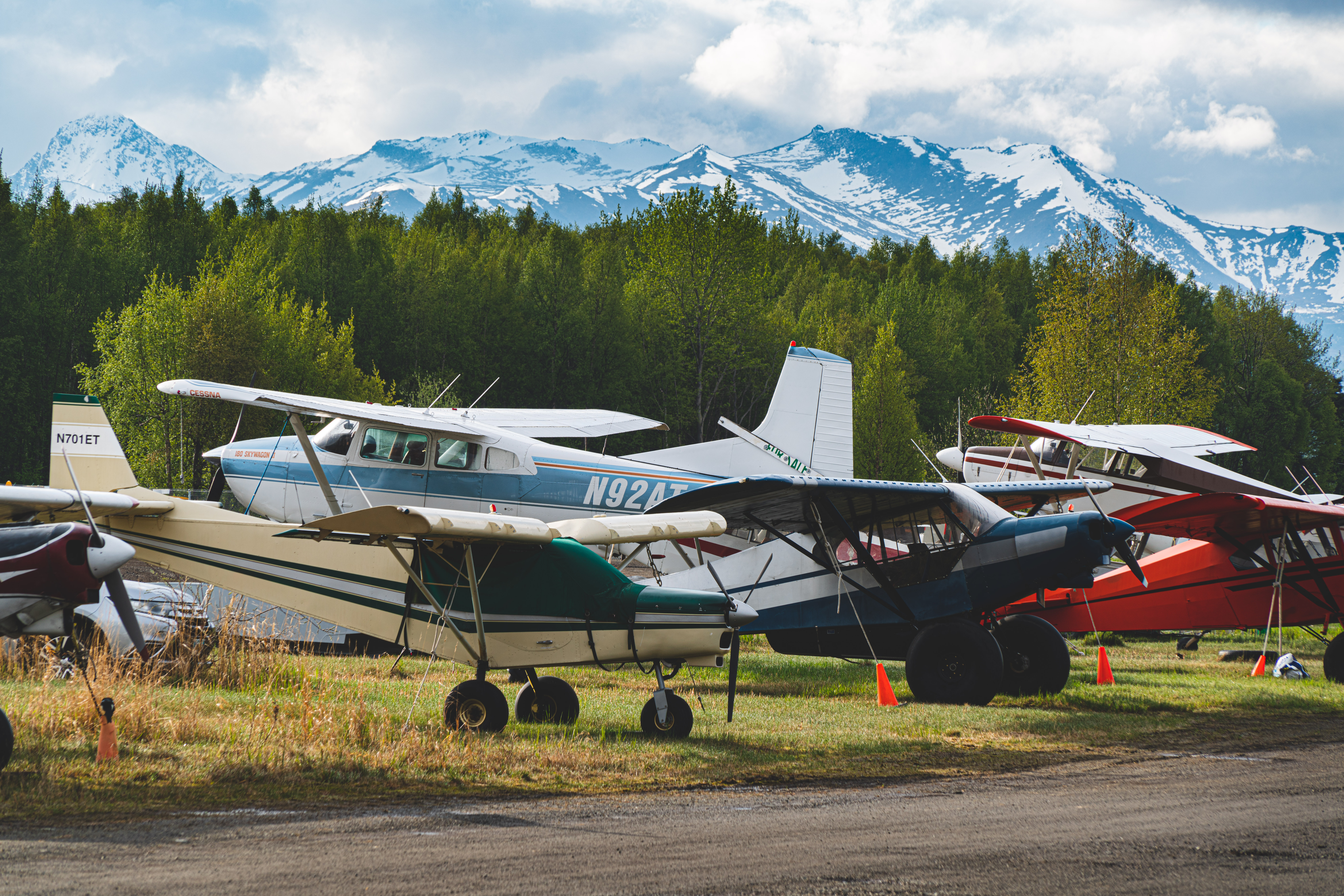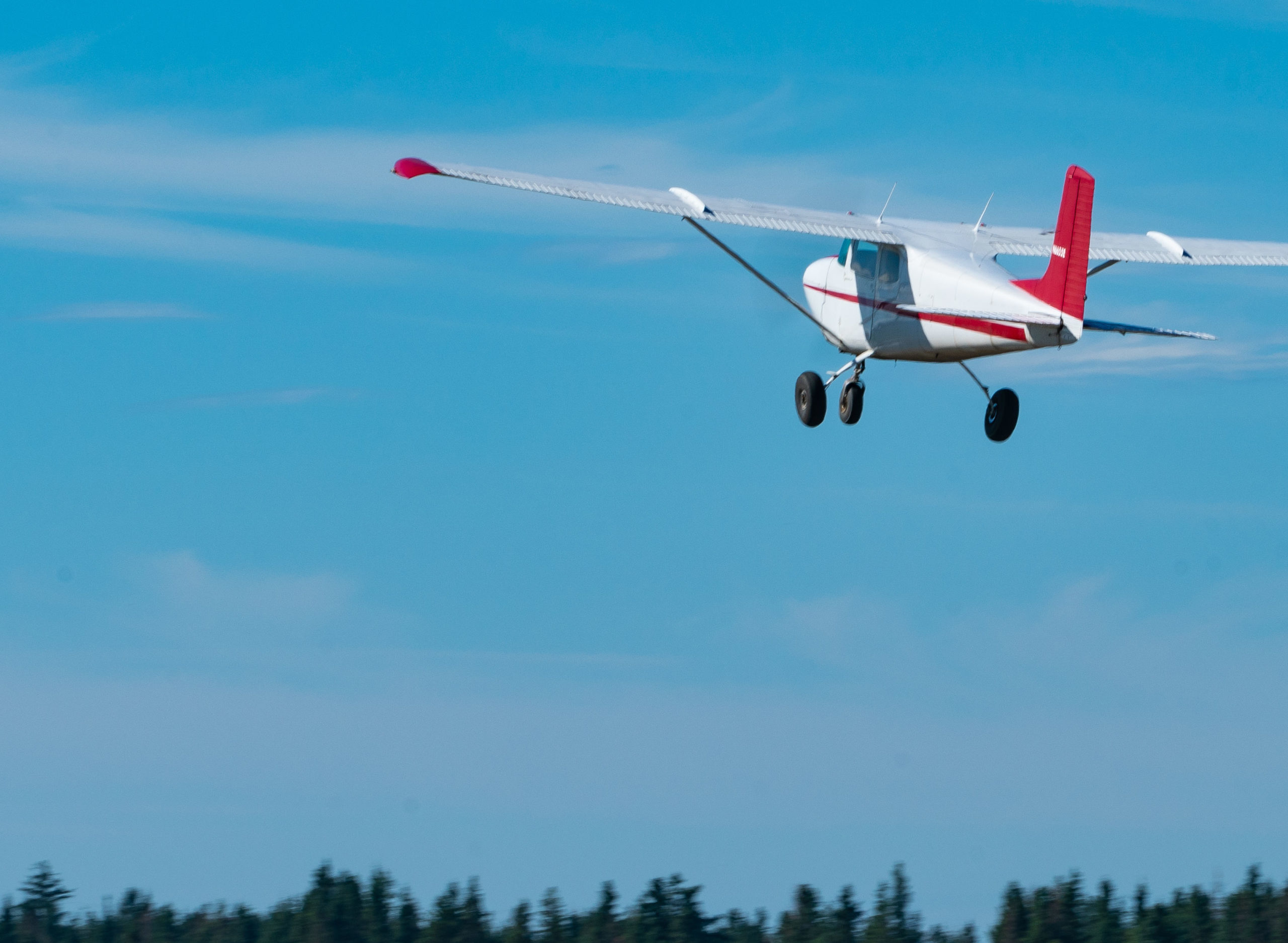
It is likely one of the first things you will learn about in flight training …and for good reason. Flying the perfect traffic pattern is one of the most important building blocks of your pilot’s license. Every subsequent maneuver: stalls, slow flight, turns around a point, and even spins are done in preparation for traffic pattern flying. Today, we are going to show you the standard traffic pattern, the pattern altitude, non-standard patterns, and how to enter the traffic pattern. Think of this as your ultimate guide to flying the perfect traffic pattern. Let’s turn final and dive into patterns…
What is the standard traffic pattern?
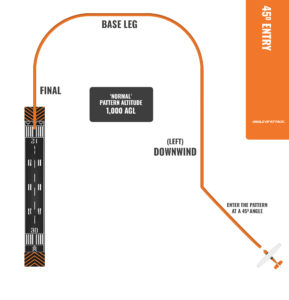
The standard traffic pattern consists of a downwind, base, and final leg. As the graphic shows, the downwind leg is parallel to the active runway and in the opposite direction of the landing. On this leg you will likely have a tailwind, assuming the wind is in the direction of the runway.
Next is a left turn to the base leg, which runs perpendicular to your landing direction. Here you may have a crosswind requiring some rudder/aileron correction.
Lastly is your left-hand turn inbound for final. Throughout this whole process, you are making power and pitch changes to begin a gradual descent. The standard traffic pattern will have you make all left turns in order to keep the runway threshold closest to the pilot’s window.
What is the difference between towered and non-towered traffic patterns?
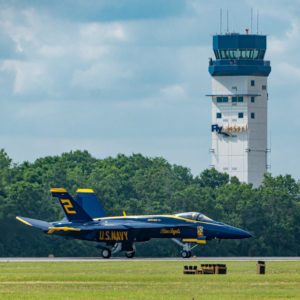
At a non-towered airport, you will need to make radio calls announcing your position entering and progressing through the traffic pattern. For example, “Homer traffic, N2423U, entering a left downwind, runway 22, Homer traffic.” At a towered airport, there is no need to do this because the tower has you in sight.
If you’re still struggling with visualizing the traffic pattern, try Angle of Attack’s Online Private Pilot Ground School. Our graphics are really helpful when trying to visualize a traffic pattern. Studying with our Ground School will get you well prepared for when you enter a traffic pattern for the first time.
What is the MSL altitude for the traffic pattern?
The MSL altitude for a proper traffic pattern is normally, 1,000 feet above the airport’s elevation. For example, The Space Shuttle Landing Facility (KTTS) in Brevard County, Florida has an airport elevation of 10 feet above sea level. So if Discovery ever decided to fly back from the Smithsonian to KTTS its traffic pattern would be 1,010 feet MSL.
While a traffic pattern is normally 1,000 feet above airport elevation, it is not always 1,000 feet above airport elevation. Before any flight to any airport, it is always important to check the Chart Supplement (sometimes still called the Airport Facility Directory (AF/D)) for non-standard traffic patterns. Websites such as AOPA and AirNav also publish detailed airport information, just make sure it’s current info. A non-standard traffic pattern can be in place for a variety of reasons, but the most typical is terrain which makes a normal traffic pattern dangerous.
How do you enter a traffic pattern?
The most crucial aspect of entering a traffic pattern, particularly at a non-towered airport, is knowing the current active runway. The active runway is the direction in which traffic is departing or landing. This can be found by listening to the ATIS or AWOS before arriving at or taking off from an airport. It can also be found by asking for an airport advisory on the radio.
Chris and the Angle of Attack team have posted a couple of really insightful videos of actual students’ first encounters with a traffic pattern. Traffic patterns aren’t easy. Check out our video to see how Angle of Attack instructors help our students master entering a traffic pattern.
The recommended entry position to an airport traffic pattern is….
Traffic pattern entries have become an interesting point of discussion in recent years. If you are from the old school, you were taught that one of the best ways to enter the traffic pattern was to make a direct entry into the downwind.
However, recently a trend has developed, and the FAA recommends, that you enter the traffic pattern at 45 degrees. If approaching from the opposite end, this would mean crossing midfield and then making a teardrop-like loop to the right to enter the downwind. Despite this recommendation, it can be hard for pilots to give up the sight of the runway to make a teardrop right-hand turn when it’s much easier to just turn left into the downwind. The rationale behind the teardrop entry is that it helps buy time for you to get the airplane in a landing configuration.
However, you enter the traffic pattern is ultimately your choice. You are the pilot-in-command and if you see a pressing need to make a straight-in final (maybe you are low on fuel or the weather is dropping quickly) then do what you must.
In general, the most important rules of a traffic pattern are safety and courtesy. We want pilots to be safe, maintain proper separation, and also be good neighbors to other pilots in the pattern. Nothing lights up a pilot forum on Facebook or Reddit more than a habitual traffic pattern offender. Don’t be “that pilot”.
Some common mistakes in the traffic pattern…
The difference between a butter landing and a go-around is often not the result of what happens on final. Rather it’s the culmination of the setup. You must treat your entry/downwind leg just as crucially as your final leg. Sloppiness in a traffic pattern will culminate. It all starts on the downwind.
The deadliest mistake in the traffic pattern occurs at the base to final turn. Here you are likely in a crosswind, with a high angle of attack, low speed, and close to the ground. It’s easy for someone to get cross-controlled and not only stall the airplane but enter into a spin. With no altitude to recover, a mistake here is often fatal. This only proves that being controlled and disciplined early and throughout the landing setup is crucial. Remember that if it doesn’t look right coming down…you can always go around. Instead of forcing a bad landing, save your airplane (and your hide) for another day …power, pitch, flaps. A go-around can occur at any phase of the traffic pattern, not just final. Better to take your time and get it right than put yourself in a bad position.
Traffic patterns are the foundation of all flight training. Much of your private pilot training will be spent preparing you to master the traffic pattern. As we discussed, there are a variety of recommended ways to enter the pattern. You, as the pilot in command, will have to use your best judgment to determine the best course into the pattern, all while making sure the plane is set up for landing.
As always, if traffic patterns are giving you trouble, see our Online Private Pilot Ground School for ways to conquer it. Learning how to fly the pattern is one of the most fun parts of getting your pilot’s license. The more you practice patterns, the better pilot you will eventually become.
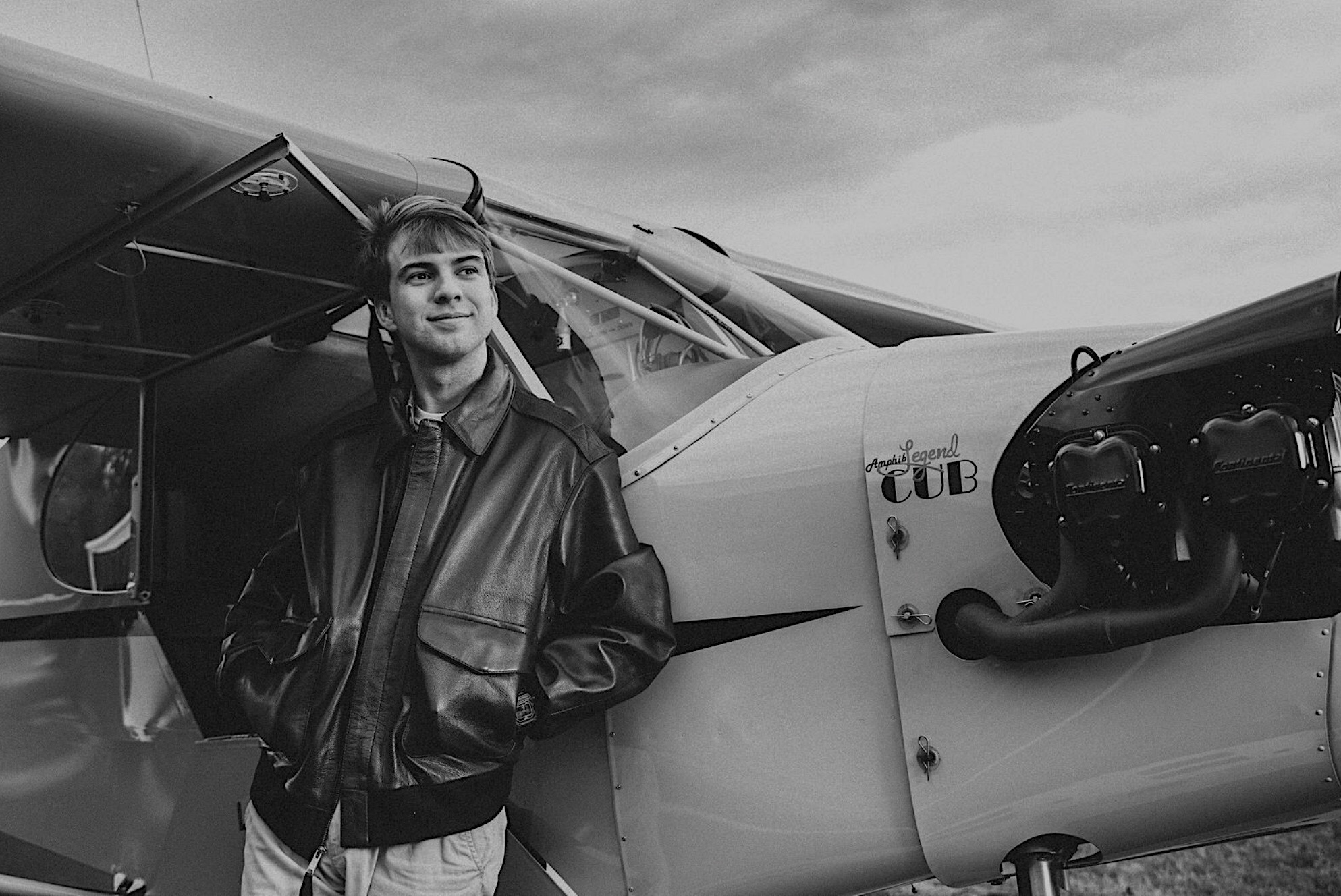
Michael Brown grew up flying on the banks of the Tennessee River in Chattanooga, TN. He obtained his private pilot’s license in high school and has instrument and seaplane ratings. Michael graduated from Texas Christian University, where he founded the school’s flying club, with a double major in Business and Communications. He is currently a law student at Tulane University, studying transportation law. Michael was named the Richard Collins Young Writing Award winner and has had his legal writing recognized by the American Bar Association’s Air & Space Subcommittee. When he is not flying or studying, Michael enjoys riding his bike and cheering on his Atlanta Braves.

Stay Connected
Be the very first to get notified when we publish new flying videos, free lessons, and special offers on our courses.



